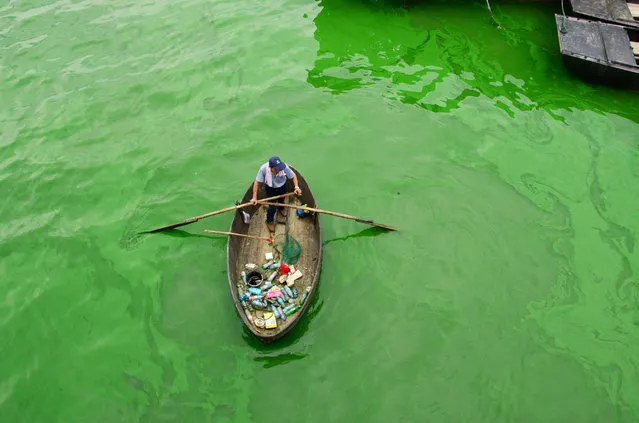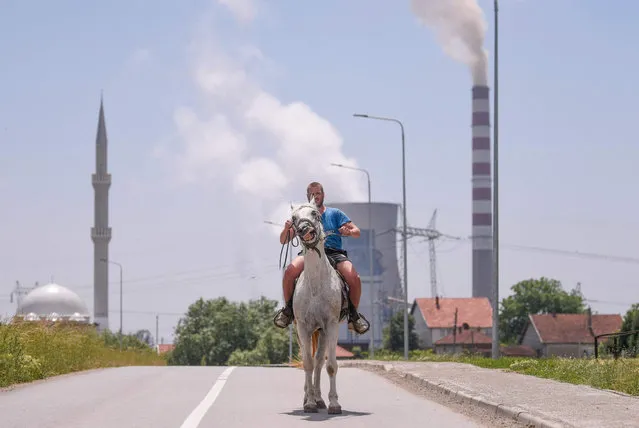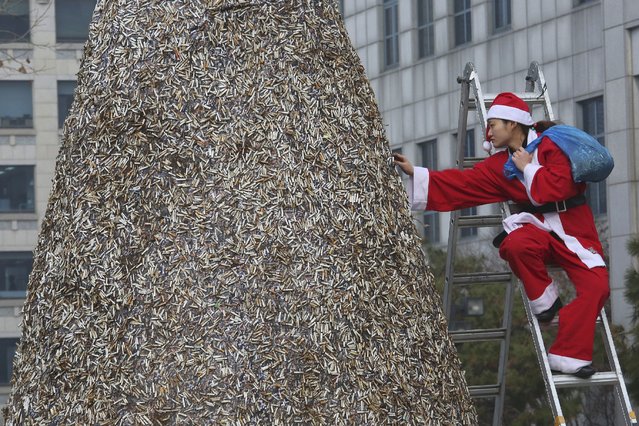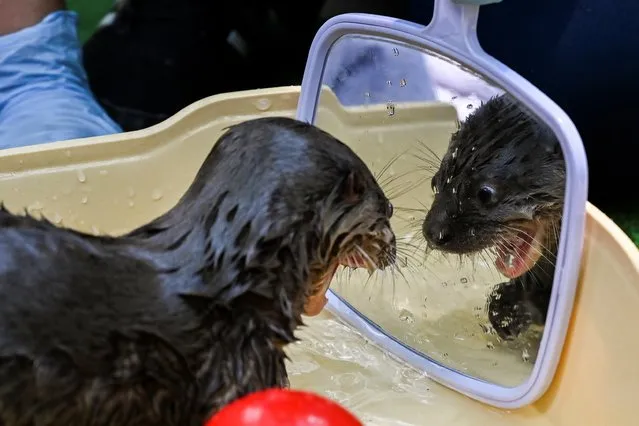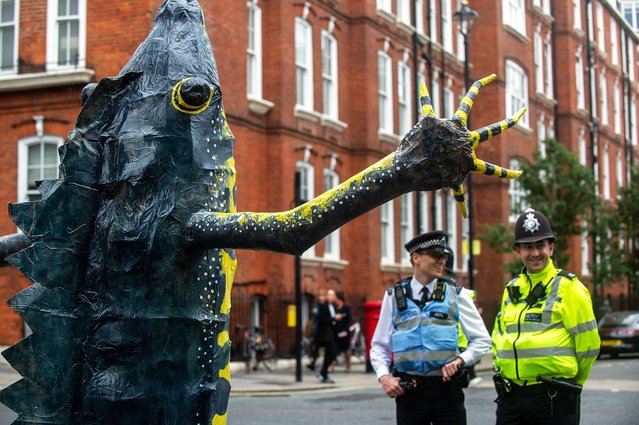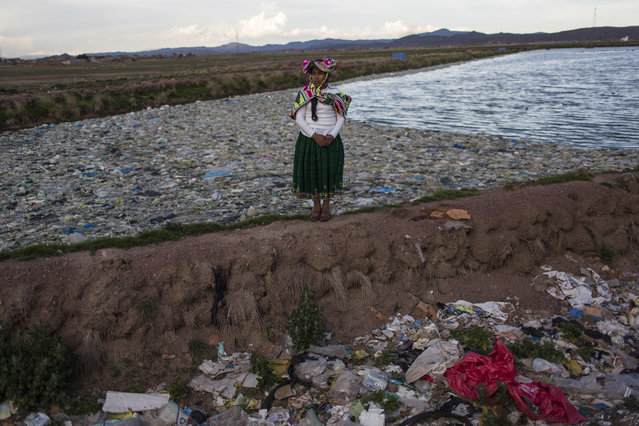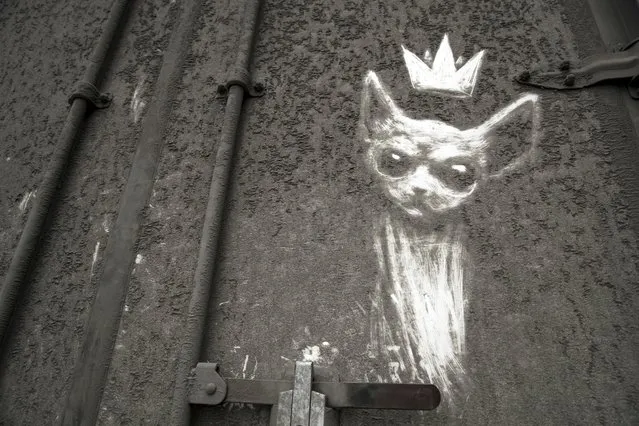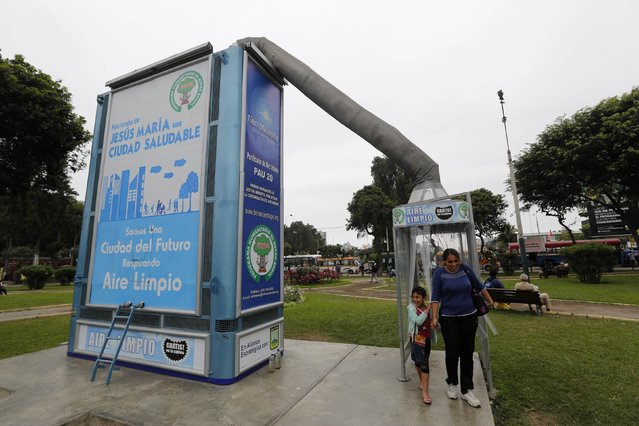
People leave a giant air purifier, which its inventor calls a “super tree”, in Lima's district of Jesus Maria November 24, 2014. In Peru's notoriously polluted capital Lima, local inventor Jorge Gutierrez, a retired naval engineer, is deploying the giant air purifiers that double as billboards to suck up carbon dioxide and dangerous levels of smog. (Photo by Mariana Bazo/Reuters)
28 Nov 2014 11:48:00,post received
0 comments

